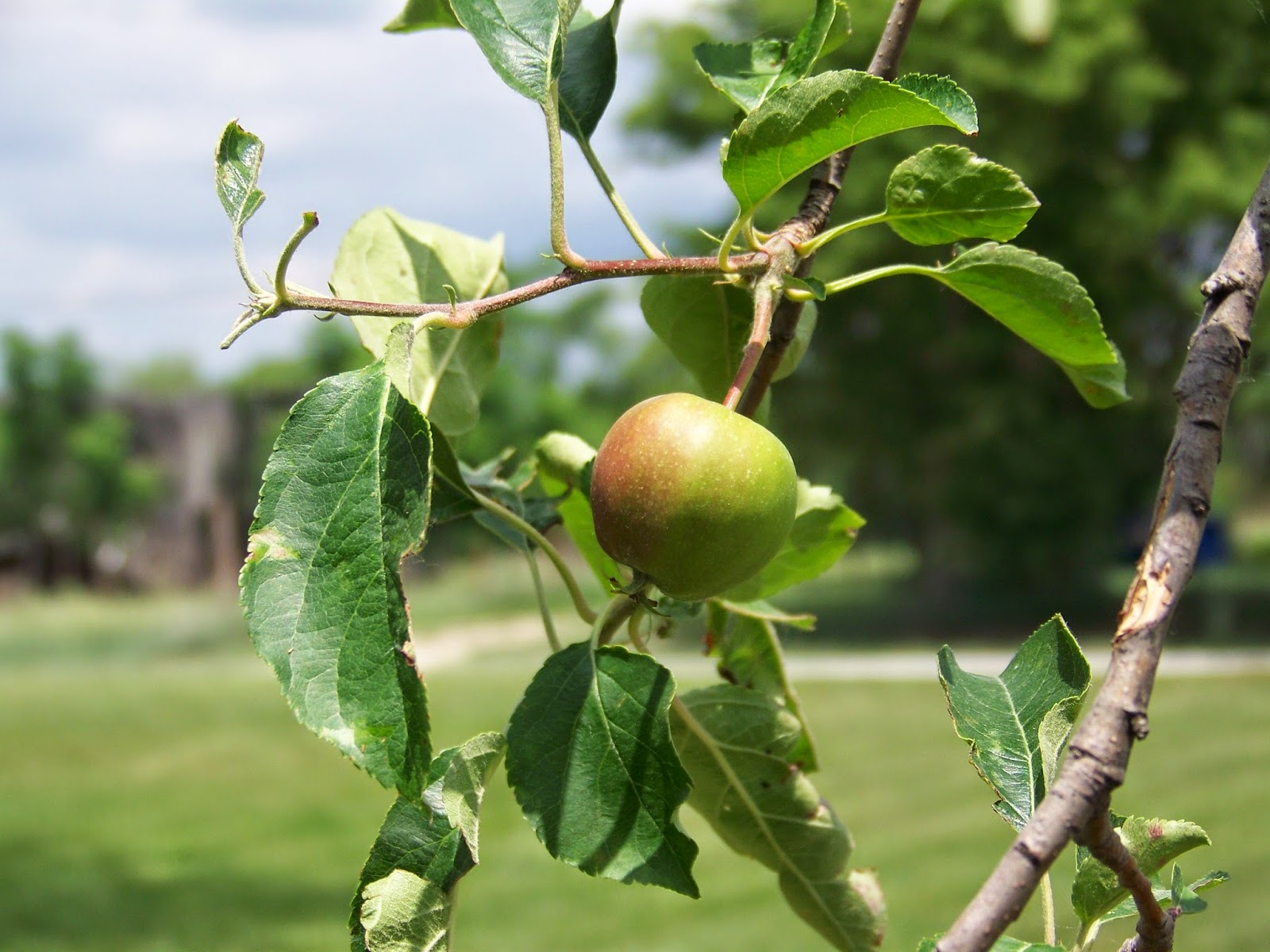April 24 was the big day. Armed with a list of requests, we went to the hatchery and picked up our babies. There were two batches- the layers and the meat chicks. It is very difficult to figure out which chicks are females and which are males so we bought more than we'd need. If we are lucky, we'll end up with 50% layers- only one rooster will stay and the rest will go into our freezer. If we are very lucky, we'll end up with mostly layers and have some laying hens to sell. The meat chicks, of course, are all destined for the freezer.
Once we got them home, they went into their brooders, which is nothing more than a "nursery" pen. Chicks can't keep themselves warm so they need heat lamps for that purpose along with food and water. The different kinds of chicks need different kinds of food so that is our biggest reason for keeping the two groups separate. The Hubs used silt fencing to create our brooders this year, but within a couple of hours we realized this arrangement is incredibly inconvenient.....by next year we'll have nice brooder boxes that are raised instead. Then I will be able to check on and deal with tiny chicks without having to get on the ground.
Despite all of my reading, I still wasn't prepared for how high maintenance chicks are for the first few weeks. Right when we got them home we needed to take each chick and show it where the food and water was. Bug got that job after I climbed into the brooder and struggled with trying to sit down without crushing a chick and then struggled with trying to get back up without crushing a chick. You probably don't need to be told this, but crushing a chick would be very bad. It was decided the danger was slightly lessened by having a little person get in the brooder instead of me. Good call.
After the initial orientation of the chicks, they have to be checked on quite frequently. Are they warm enough? Too warm? Are they eating? Are they pooping? Has that poop collected on their little furry bottoms and created "pasty butt"? Who is going to clean off those poopy little bottoms? Oh wait, that last question was never asked- obviously, that was my job.
We lost several chicks in the first few days and even though that was an expected complication it still stressed us out. Were they going to die no matter what or did we do something wrong? We finally settled down a bit when we had a couple of days go by with no lost chicks. In the end, we ended up with 20 layers and 30 meat chicks to raise.
It didn't exactly help our anxiety to find chicks looking like this. Turns out this is what a sleeping chick looks like. They literally just collapse like they cannot move another step. When you touch them, though, they jump back up and run around chirping away. After about a week of constant worry we realized this was normal and all was okay. I'm pretty sure I developed an ulcer in the meantime.
The Hubs started working on the nursery coop right away and within 3 weeks we had two lovely nursery coops that will serve us well for a long time. We also had gigantic chicks who were changing colors and developing feathers. By this time, the chicks could flutter and fly around a bit. They had also started working on establishing their pecking order. The tiffs and disagreements were, and still are, pretty entertaining to watch.
At 6 weeks old, the Hubs has finished the work on their runs and they are now really looking like chickens. They are fully feathered, running around, and eating bugs and grass. At this point the discussion has turned from how to keep them alive to how to properly kill them. This is not an easy topic for me, no matter how much I like fried chicken. I mean, I cleaned their poopy bottoms for crying out loud. Now, I'm going to chop them up and eat them? Well, okay, yes I am, but I'm going to have to go to my happy place before I can make this happen. The Hubs has no such qualms. He has been watching Youtube videos and recruiting help in preparation for butcher day. We'll actually have two butcher days. The first will happen in a few more weeks and will involve the meat chicks. The second will happen after the layers have grown and matured enough to identify the roosters and the hens. The extra roosters and any "older" layers who aren't laying well anymore will be taken care of. The resulting meat will fill my freezer and should be enough for the entire year until we're ready to do the process again. We'll also have new layers who will start laying in the fall, hopefully.
So, now we've raised chicks. I'm pretty proud to have another homesteading must under our belts. Now for turkeys, pigs, and sheep.......
Tonia



















